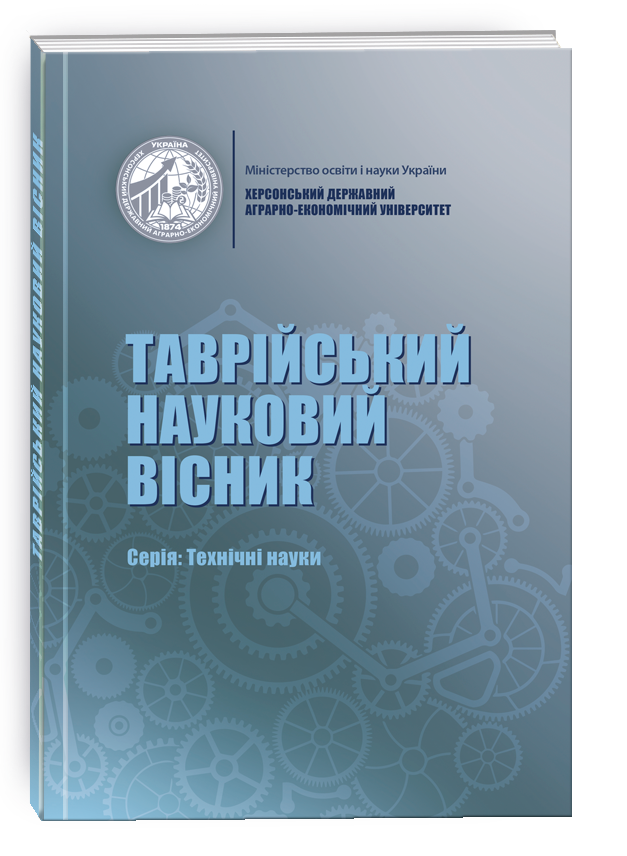AUTOMATION OF ARCHITECTURAL DESIGN FOR AN INFORMATION SYSTEM FOR UTILITY PAYMENTS USING ARTIFICIAL INTELLIGENCE
DOI:
https://doi.org/10.32782/tnv-tech.2024.2.6Keywords:
software architecture design, artificial intelligence, ChatGPT, automation, software architecture construction standards, C4 notationAbstract
Automation of software architecture design using generative artificial intelligence provides an effective solution to problems that arise in modern software development. This article presents a study of the use of generative artificial intelligence during the design of software architecture to improve processes through the use of a single standard. With the help of generative artificial intelligence, software architects can optimize architectural projects in accordance with the increased requirements for the complexity and quality of modern information systems. During the work, modern studies devoted to the use of information system architecture design notation were studied. The C4 notation was analyzed, the main components of this notation were highlighted and described, which make it possible to bring the construction of the information system architecture to a single standard. In addition, the use of artificial intelligence tools in the formation of the system architecture was investigated. As a result of the analysis, a practical study was carried out, namely, the architecture of the information system for receiving utility payments was built, which is built in C4 notation and consists of four levels: context, containers, components, code. Each layer was built using generated code using the ChatGPT artificial intelligence tool in PlantUML notation and, using a graphical editor with diagram generation from draw.io code, displayed as four diagrams: context diagram, container diagram, component diagram, code diagram (classes ). As a result of the practical study, the constructed architecture of the information system for receiving utility payments was analyzed and practical recommendations were given to improve the quality of the generated diagrams. The main advantages of using ChatGPT and C4 notation by architects to build the architecture of the information system are highlighted, and the main shortcomings that require further optimization are identified.
References
Bengio Y., Courville A., Vincent P. Representation learning: a review and new perspectives. ieee transactions on pattern analysis and machine intelligence. IEEE Transactions on Pattern Analysis and Machine Intelligence. 2013. Vol. 35, no. 8. P. 1798–1828.
Lee Y.-G. A Study on The Development of Automatic Design Alternatives Generation Technology Used in the Early Stages of Architectural Design. Asia-pacific Journal of Convergent Research Interchange. 2021. Vol. 7, no. 3. P. 123–132.
Li Z., Liang P., Avgeriou P. Application of knowledge-based approaches in software architecture: A systematic mapping study. Information and Software Technology. 2013. Vol. 55, no. 5. P. 777–794.
Nascimento N., Cowan R., Alencar P. Artificial intelligence versus software engineers: an evidence-based assessment focusing on non- functional requirements. 2023. P. 1–21.
Model Checking Software Architecture Design. Home Page. URL: https://doi.org/10.1109/hase.2012.12
Vathsavayi S., Hadaytullah H., Koskimies K. Interleaving human and searchbased software architecture design. Proceedings of the Estonian Academy of Sciences. 2013. Vol. 62, no. 1. P. 16.
Harman M., Mansouri S. A., Zhang Y. Search-based software engineering. ACM Computing Surveys. 2012. Vol. 45, no. 1. P. 1–61. URL: https://doi.org/10.1145/2379776.2379787.
The C4 model for visualising software architecture. The C4 model for visualising software architecture. URL: https://c4model.com/#SystemContextDiagram (дата звернення: 25.05.2024).






